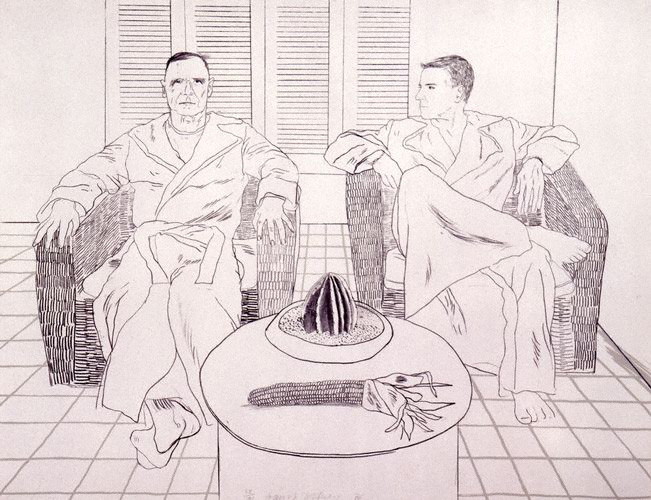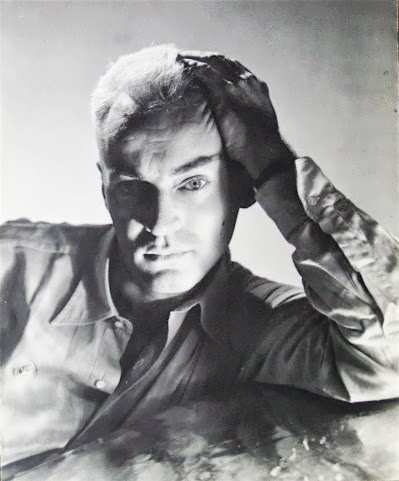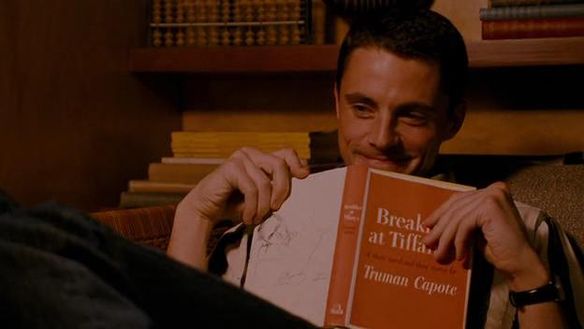“About suffering they were never wrong,
The old Masters: how well they understood
Its human position: how it takes place
While someone else is eating or opening a window or just walking dully along;
How, when the aged are reverently, passionately waiting
 The Census at Bethlehem, Pieter Brueghel the Elder, 1566
The Census at Bethlehem, Pieter Brueghel the Elder, 1566
For the miraculous birth, there always must be
Children who did not specially want it to happen, skating
On a pond at the edge of the wood:
 The Massacre of the Innocents, Pieter Brueghel the Elder, 1565-7
The Massacre of the Innocents, Pieter Brueghel the Elder, 1565-7
They never forgot
That even the dreadful martyrdom must run its course
Anyhow in a corner, some untidy spot
Where the dogs go on with their doggy life and the torturer’s horse
Scratches its innocent behind on a tree.
 Landscape with The Fall of Icarus, Circle of Pieter Brueghel the Elder, ca. 1590-95
Landscape with The Fall of Icarus, Circle of Pieter Brueghel the Elder, ca. 1590-95
In Breughel’s Icarus, for instance: how everything turns away
Quite leisurely from the disaster; the ploughman may
Have heard the splash, the forsaken cry,
But for him it was not an important failure; the sun shone
As it had to on the white legs disappearing into the green
Water, and the expensive delicate ship that must have seen
Something amazing, a boy falling out of the sky,
Had somewhere to get to and sailed calmly on.”
W. H. Auden
Musée des Beaux Arts (French for Museum of Fine Arts) is a poem written in December 1938 while Auden was staying in Brussels, Belgium with Christopher Isherwood. It was first published under the title Palais des beaux arts (Palace of Fine Arts) in the Spring 1939 issue of New Writing, a modernist magazine edited by John Lehmann. It next appeared in the collected volume of verse Another Time (New York: Random House, 1940), which was followed four months later by the English edition (London: Faber and Faber, 1940). The poem’s title derives from the Musées Royaux des Beaux-Arts de Belgique in Brussels, famous for its collection of Early Netherlandish painting. Auden visited the Musée and would have seen a number of works by the “Old Masters” of his second line, including Pieter Bruegel the Elder (ca. 1525–1569).



















